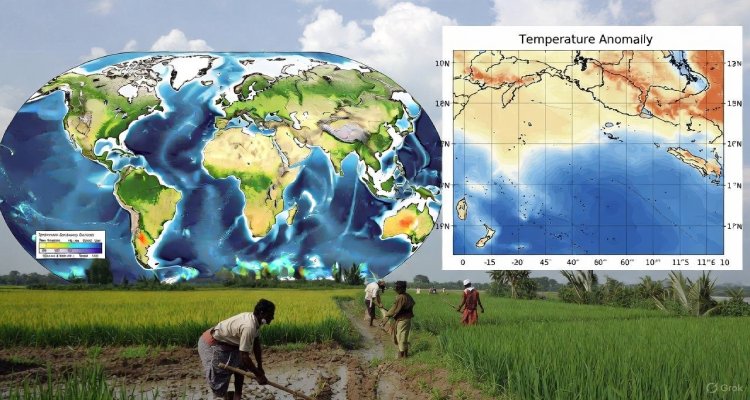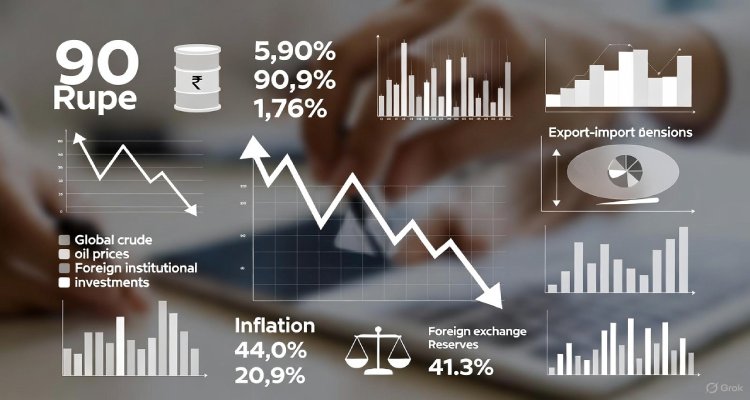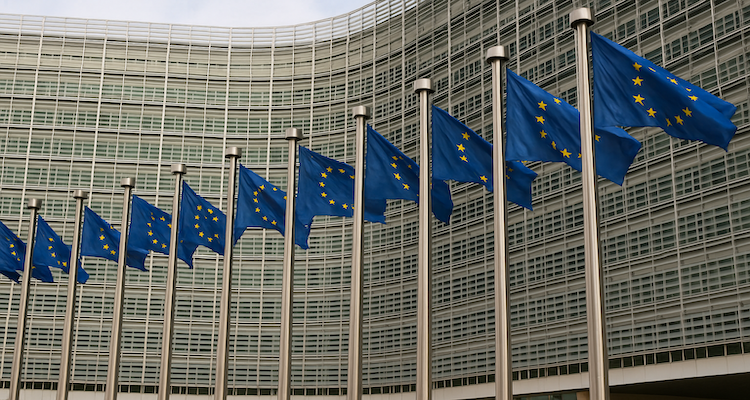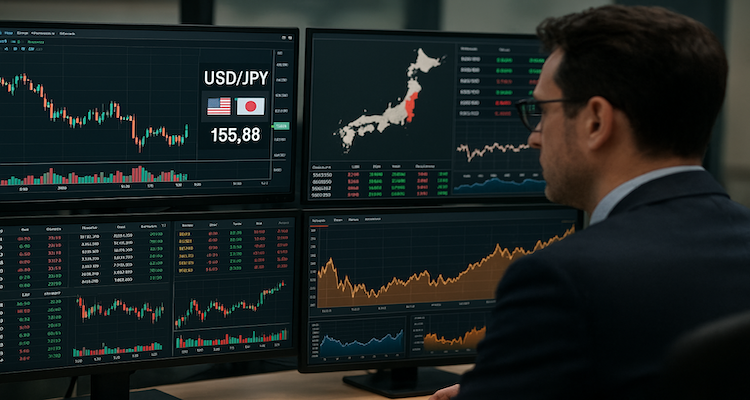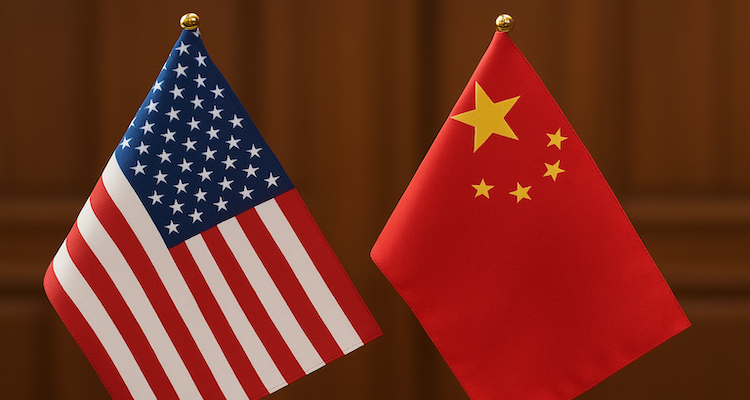China and U.S. Race to Calm Trade Rift Before Key Summit
China’s Vice Premier He Lifeng will meet U.S. Treasury Secretary Scott Bessent and Trade Representative Jamieson Greer in Malaysia amid escalating tensions over rare earth export restrictions ahead of a crucial leaders’ summit.
Renewed Strains Ahead of a Critical Diplomatic Test
Beijing and Washington are once again navigating turbulent waters. Just days before a long-anticipated leaders’ summit, China’s Vice Premier He Lifeng is preparing to meet with U.S. Treasury Secretary Scott Bessent and Trade Representative Jamieson Greer in an effort to defuse a sudden spike in trade tensions. The meeting, set for Friday in Malaysia, comes as both sides scramble to salvage the fragile progress made in recent months.
A Fragile Thaw Turned Cold
Until recently, the relationship between the world’s two largest economies had shown signs of cautious recovery. The ice began to melt following a September 19 phone call between U.S. President Donald Trump and Chinese President Xi Jinping, which was widely seen as a breakthrough moment. Their discussion followed a Madrid summit, where negotiators celebrated what was hailed as a tentative win a framework for cooperation involving the social media platform TikTok.
That fragile optimism, however, was short-lived. In early October, Beijing expanded its export restrictions on rare earth elements, key minerals critical to global manufacturing and clean energy technologies. The move was viewed as retaliation against Washington’s decision to broaden its list of Chinese firms barred from purchasing U.S. technology, reigniting fears of another trade war.
Diplomatic Firefighting in Kuala Lumpur
The Chinese Ministry of Commerce confirmed that He Lifeng China’s top economic policymaker will attend the Association of Southeast Asian Nations (ASEAN) Summit in Malaysia from October 24 to 27. During his visit, he will hold high-level discussions with Bessent and Greer, focusing on restoring economic stability and addressing mutual grievances.
U.S. officials have signaled that their primary agenda centers on China’s rare earth export curbs, which Washington argues could disrupt global supply chains and hurt American manufacturers. Beijing, on the other hand, accuses the U.S. of weaponizing technology access by targeting Chinese companies in what it sees as an attempt to stifle China’s technological advancement.
The meetings are expected to be tense but pivotal. Both sides hope to prevent the current standoff from overshadowing a planned leaders’ summit in South Korea next week, where Trump and Xi are scheduled to meet face-to-face.
Fragile Diplomacy at Stake
Analysts say the timing of the talks is critical. “Both sides understand that a public breakdown now could derail not just the summit but months of backchannel progress,” said Dr. Lin Qiao, a Beijing-based political economist. “China wants to project stability, especially within ASEAN, while the U.S. needs to show it can manage its relationship with Beijing without escalating conflict.”
In Washington, trade observers note that the rare earth issue is more than symbolic. These minerals are essential for semiconductors, electric vehicles, and defense systems areas that sit at the heart of the U.S.-China strategic rivalry.
“Every move on rare earths sends shockwaves through the global supply chain,” said Kara Mitchell, a senior fellow at the Center for Strategic Commerce. “If Malaysia becomes the stage for de-escalation, it would be a strong signal that both governments can still talk, even amid confrontation.”
Global Markets Watching Closely
The stakes extend well beyond Washington and Beijing. Investors are closely monitoring developments in Malaysia, as any further deterioration in trade relations could unsettle global markets and disrupt supply chains already strained by geopolitical tensions.
ASEAN nations, too, find themselves caught in the middle eager to maintain balanced ties with both superpowers. For Malaysia, hosting both delegations offers an opportunity to play mediator at a moment when diplomacy is under pressure.
Meanwhile, business leaders across the Asia-Pacific region are urging restraint. “The world can’t afford another round of economic brinkmanship,” said Andrew Koh, head of the Singapore Chamber of Commerce. “Both sides need to find a framework for stability, even if they can’t agree on everything.”
A Test of Leadership and Strategy
As the South Korea summit approaches, the coming days will determine whether the U.S. and China can prevent a full diplomatic rupture. For both nations, the challenge lies in reconciling strategic competition with economic interdependence.
The talks in Malaysia may not yield sweeping agreements, but their symbolism matters. A single photo opportunity between He Lifeng and Scott Bessent or even a joint statement could send a reassuring message to global markets that dialogue, however strained, remains possible.
Still, the undercurrents of rivalry are impossible to ignore. With Washington tightening its tech export policies and Beijing reinforcing control over critical minerals, both sides appear locked in a delicate balancing act between cooperation and confrontation.
Fragile Hope Amid Mounting Pressure
As officials prepare for the South Korea summit, the meeting in Malaysia represents a final attempt to stabilize relations before they spiral further. Whether that effort succeeds could shape not only the future of U.S.-China relations but also the broader global economy.
For now, all eyes are on Kuala Lumpur where the world’s two most powerful economies will decide if diplomacy still has room to breathe.
(Disclaimer: This article is based on verified reports and official statements. It aims to present an accurate, balanced account of ongoing diplomatic developments between the United States and China.)
ALSO READ: U.S. and China Race to Save Summit as Trade Tensions Explode

